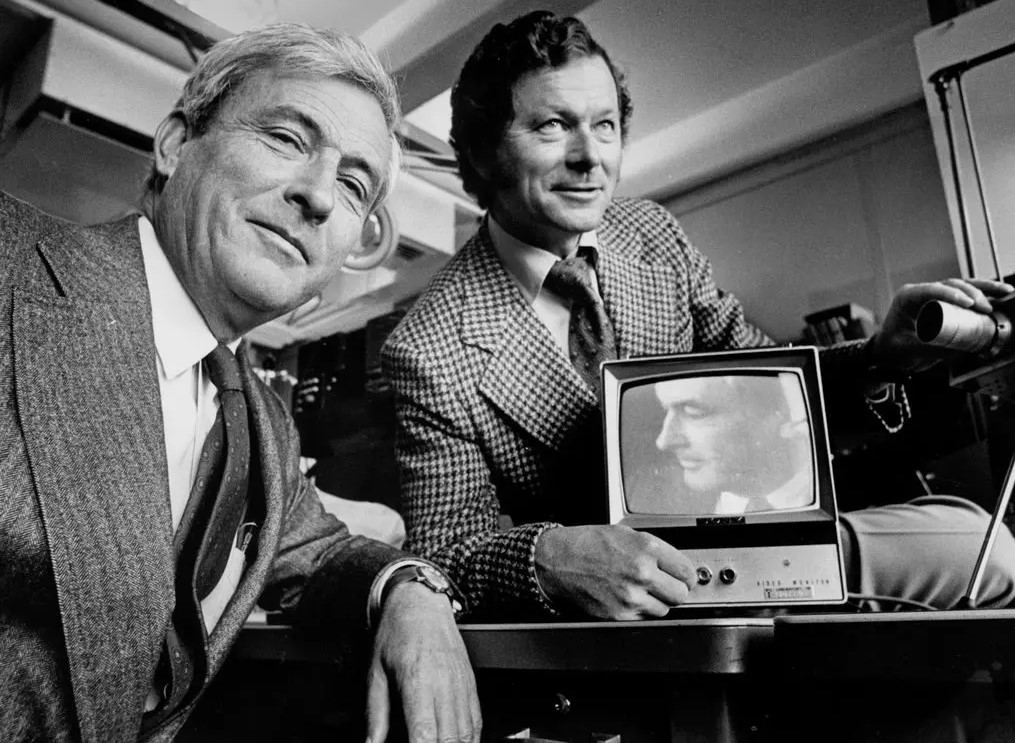Father of digital eye: Who is Willard Sterling Boyle?
In the following years, he also conducted research on other technologies; for example, he invented the first semiconductor injection laser. However, his most notable inventions were ahead of his time as he took an interest in space exploration.

Willard Sterling Boyle was born on August 19, 1924, in Amherst, Canada. He was homeschooled by his mother. At the age of 14, he was sent to Lower Canada College in Montreal. His undergraduate studies at McGill University were interrupted by World War II – Boyle joined the Royal Canadian Navy in 1943, but actually served in the British Royal Navy, training to pilot the famous Spitfire fighter jets. Fortunately, the war was over before he could complete his training. He then continued his studies and received a doctorate from the university he graduated from in 1950.
WILLARD BOYLE LASERS AND THE CONQUEST OF SPACE
Like many other inventors, Willard Boyle was affiliated with Bell Labs, which he joined in 1953. Nine years later he invented one of the first lasers in the world. This ruby-based device was capable of uninterrupted output. In the following years, he also conducted research on other technologies; for example, he invented the first semiconductor injection laser. However, his most notable inventions were ahead of his time as he took an interest in space exploration. He was assigned to a support team for NASA programs. Boyle, for example, helped select the Apollo landing site. However, one of his more important works was related to image recording systems, and during this work, he invented the CCD circuit. This circuit is a circuit made of photosensitive elements that convert light into an electrical signal; said signal can be read and saved in the form of graphic files. Interestingly, the initial concept of this device was allegedly designed after just one hour of brainstorming. First, the CCD circuit was used for space exploration; for example in space probes sent to Mars or the Hubble Space Telescope. However, over time, this invention entered the commercial field and began to be used in cameras and cameras.
Willard Sterling Boyle, CC (August 19, 1924 – May 7, 2011) was a Canadian physicist. He was a pioneer in the field of laser technology and co-inventor of the charge-coupled device. As director of Space Science and Exploratory Studies at Bellcomm he helped select lunar landing sites and provided support for the Apollo space program.
It is very difficult to imagine a world without mobile phones today; For many young users, the most important feature of their phone is definitely the camera. It is not surprising, therefore, that the invention received great acclaim. Willard Boyle has received numerous awards, most notably the Nobel Prize in Physics, with George E. Smith for co-inventing the CCD circuit.
MATRIX
Optoelectronic circuits such as CCDs have gained "new life" thanks to advances in digital electronics such as smartphones and other mobile devices, as well as image recording devices in general. The concept of integrating optical sensors into circuits led to the production of devices such as infrared cameras, borescopes, or vehicle cameras. Numerous commercial applications have led to the improvement of production technologies and significantly lower prices. Nowadays you can even buy an optical sensor module with a lens that is suitable for learning and compatible with Arduino or Raspberry Pi. Similarly, libraries like OpenCV have expanded the limits of real-time digital processing capabilities. A relevant question is often asked at this point: Does the simplicity of image recording and analysis lead one in a dangerous direction? On the one hand, it increases security. On the other hand, it encroaches on our privacy more. When we remember Willard Boyle, we should not forget that his invention was made first of all so that people could finally see other planets and the far corners of the universe, whereas we can say that the life we have to live on Earth under the surveillance of surveillance cameras is our contemporary invention, literally straight out of the Matrix.
